Most small businesses will have an annual forecast for the year, a target P&L and will run a 13 week rolling cashflow. They are the traditional financial planning and forecasting tools for Small business (up to 49 employees). But how useful are they in these current times?
In the past 13 weeks we have seen the death of our monarch, the appointment of not just one Prime minister, but two! The Truss – Kwartang treasury box of tricks plunge the UK economy deeper into chaos. More mini-budgets. Rising interest rates, rising inflation rates, rising energy prices, sterling plummet. Continued war in Ukraine and subsequent continued disruption in the supply chain. Covid back on the rise. And Manchester United climb from bottom of the Premiership to 5th position (had to put some good news in there, well for me anyway!).
Whilst global supply chain chaos has started to settle over recent months, shipping costs falling, the price of steel down to similar levels of early 2021, businesses are now seeing their cost of borrowing hiking up and energy prices are soaring.
When turbulence and uncertainty are our new norm, how does an SME business put together any tangible forecast they can rest their hat on?
Scenario Planning could be the answer. Based on forward looking data and outcomes, scenario planning does not rely upon historical data and trends to predict outcomes.
Take your 2023 Budget and cashflow forecast and re-think on the basis of
- KEY DRIVING FORCES
- KEY UNCERTAINTIES
- FORMULATE SCENARIOS
- HOW WILL YOU RESPOND AND RECOVER?
An obvious KEY DRIVING FORCE is the continuing war in Ukraine. The resulting KEY UNCERTAINTIES are energy price increases and power cuts, some supply chain delays or restrictions (from Russia & Ukraine), inflation increases driving interest rates up. Taking these uncertainties, formulate scenarios around a/ what will have the most immediate impact on the business? b/ what alternative strategies could you consider? Once these are mapped out, re-do the 2023 budget, target P&L and cashflow forecast around your Response and Recovery outcomes.
The business will then have a set of scenarios it can monitor based on current turbulent and uncertain times. Pivoting the business, as many did during lockdown, can be done again. You have already thought this through with your Scenario Planning. If interest rates hit 4.5%, as forecasted, you already have a plan. You are already one step ahead of the game. It is all about implementation rather than reaction.
Working with your management team, the business leader can identify all uncertainties, formulate scenarios and bring together the business response plan. Start with a PESTEL analysis. Your financial advisors internal or external can then model the metrics around your scenarios.
Stay in control. Don’t resort to the crystal ball….






